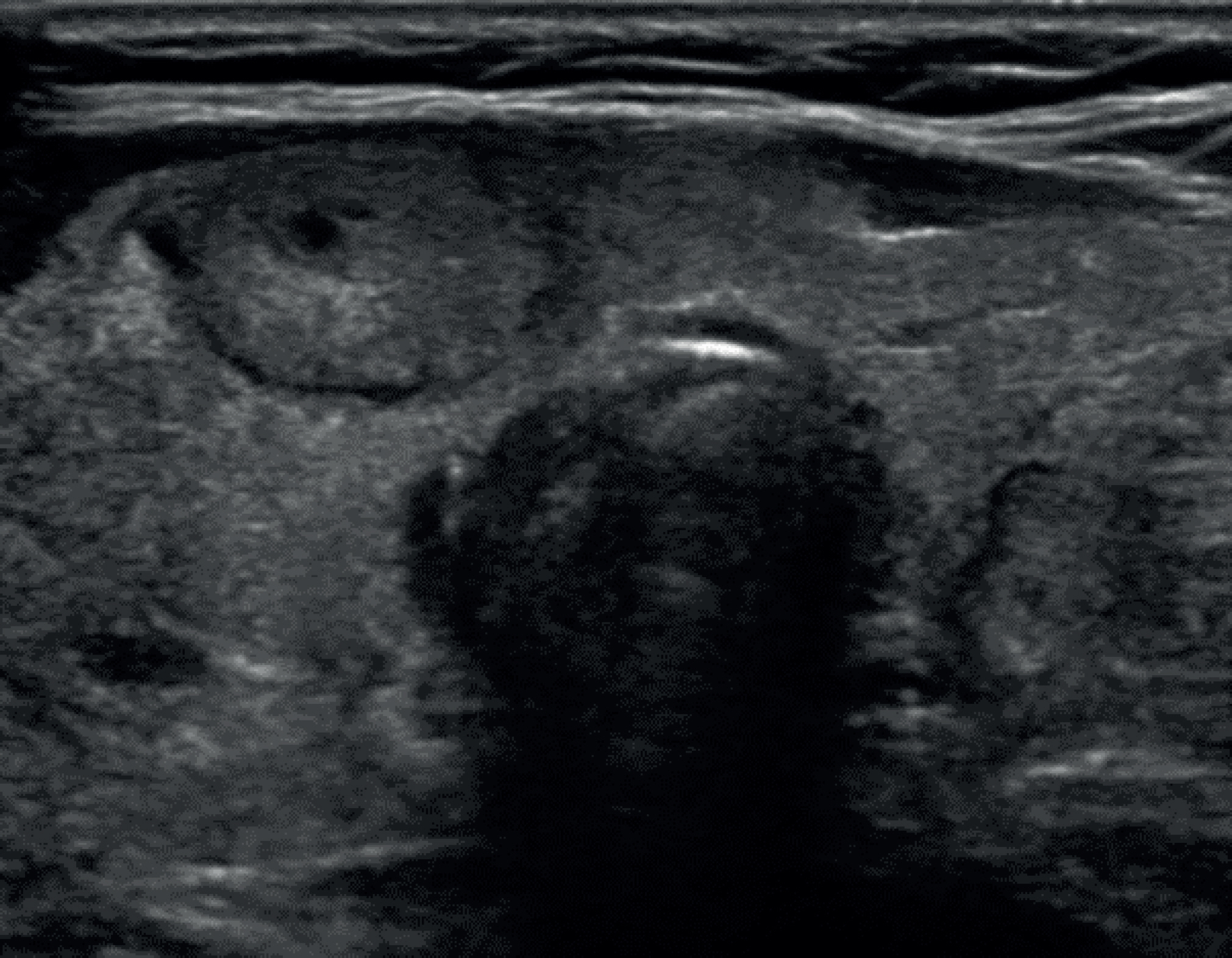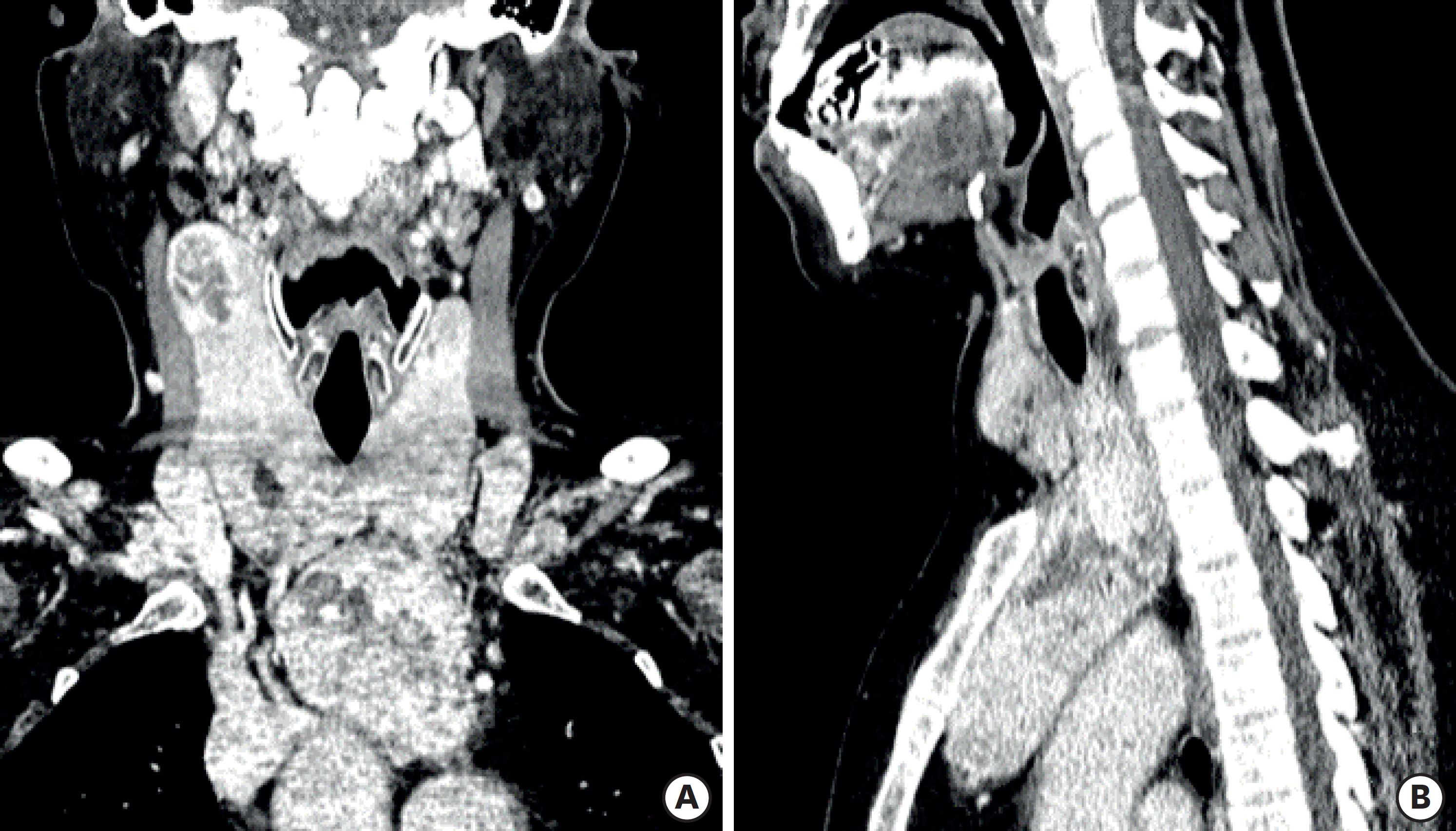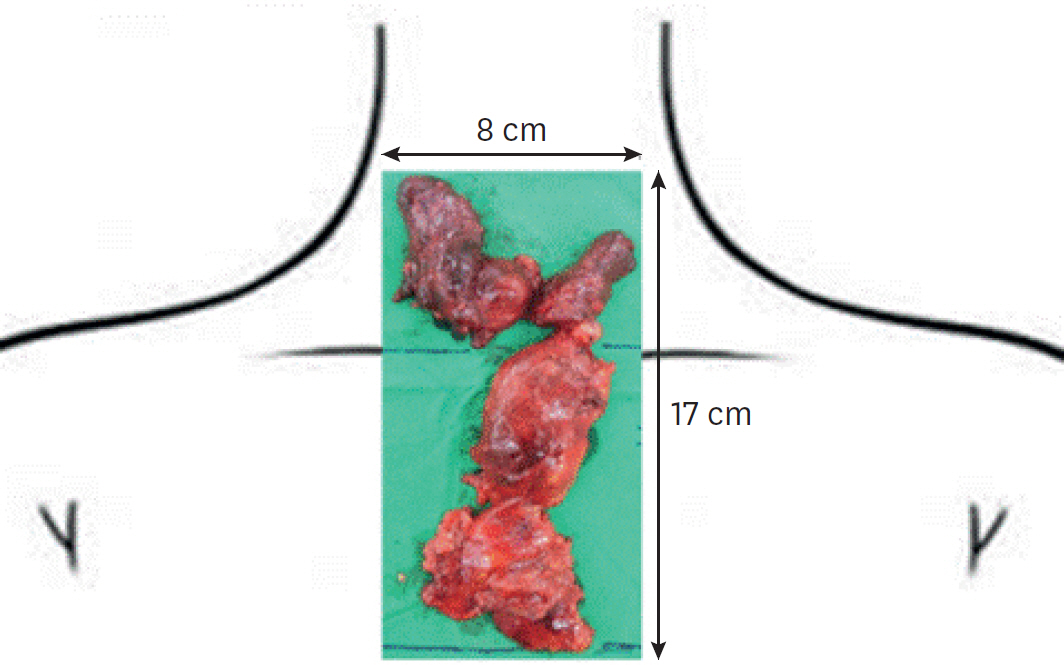J Endocr Surg.
2018 Mar;18(1):61-78. 10.16956/jes.2018.18.1.61.
Technical Instructions for Continuous Intraoperative Neural Monitoring in Thyroid Surgery
- Affiliations
-
- 1KUMC Thyroid Center, Korea University Anam Hospital, Seoul, Korea.
- 2Department of Surgery, Seoul Metropolitan Government-Seoul National University Boramae Medical Center, Seoul, Korea.
- 3Department of Endocrine Surgery, 3rd Chair of General Surgery, Jagiellonian University College of Medicine, Kraków, Poland.
- 4Division of Endocrine Surgery, Department of General Surgery, Ege University Hospital, Ä°zmir, Turkey.
- 5Department of Otolaryngology-Head and Neck Surgery, Kaohsiung Medical University, Kaohsiung, Taiwan.
- 6Division for Endocrine and Minimally Invasive Surgery, Department of Human Pathology in Adulthood and Childhood “G. Barresiâ€, University Hospital G. Martino, University of Messina, Messina, Italy. gdionigi@unime.it
- 7Division of Thyroid Surgery, Jilin Provincial Key Laboratory of Surgical Translational Medicine, China-Japan Union Hospital of Jilin University, Changchun, China. thyroidjl@163.com
- KMID: 2414423
- DOI: http://doi.org/10.16956/jes.2018.18.1.61
Abstract
- One of the most significant advancements in neural monitoring for thyroid surgery is currently the permanent recording of the vagus nerve (VN) in order to prevent intraoperatively recurrent laryngeal nerve (RLN) iatrogenic injuries. Continuous intraoperative neuromonitoring (CIONM) seems to be superior to intermitted intraoperative neural monitoring (I-IONM) because it enhances standardization, and it provides entire and constant RLN function surveillance as the surgeon dissects the thyroid gland. It also has to be highlighted that the surgical maneuvers for the CIONM probe placement must be accurate in order to avoid a potential iatrogenic morbidity on the VN function. With this review article the Korean Intraoperative Neural Monitoring Society (KINMoS) provides a comprehensive analyses of CIONM technique.
Keyword
Figure
Reference
-
1.Halsted WS. Operative story of goiter: the author's operation. Johns Hopkins Hosp Rep. 1920. 19:71–257.
Article2.Shaha AR., Alfonso AE., Jaffe BM. Operative treatment of substernal goiters. Head Neck. 1989. 11:325–30.
Article3.Mazzaferri EL. Management of a solitary thyroid nodule. N Engl J Med. 1993. 328:553–9.
Article4.Clark OH., Duh QY., Kebebew E., Gosnell JE., Shen WT. Textbook of Endocrine Surgery. 3rd ed.Philadelphia (PA): Jaypee Brothers Medical Publishers;2016.
Article5.Pemberton J. Surgery of substernal and intrathoracic goiters. Arch Surg. 1921. 2:1–20.6.Chen AY., Bernet VJ., Carty SE., Davies TF., Ganly I., Inabnet WB, et al. American Thyroid Association statement on optimal surgical management of goiter. Thyroid. 2014. 24:181–9.7.Randolph GW. Surgery of the Thyroid and Parathyroid Glands. 2nd ed.Philadelphia (PA): Saunders/Elsevier;2013.
Article8.Lo CY., Kwok KF., Yuen PW. A prospective evaluation of recurrent laryngeal nerve paralysis during thyroidectomy. Arch Surg. 2000. 135:204–7.
Article9.Thomusch O., Machens A., Sekulla C., Ukkat J., Lippert H., Gastinger I, et al. Multivariate analysis of risk factors for postoperative complications in benign goiter surgery: prospective multicenter study in Germany. World J Surg. 2000. 24:1335–41.
Article10.Rich JT., Gullane PJ. Current concepts in tracheal reconstruction. Curr Opin Otolaryngol Head Neck Surg. 2012. 20:246–53.
Article11.Goh SS. Post-sternotomy mediastinitis in the modern era. J Card Surg. 2017. 32:556–66.
Article12.Lazar HL., Salm TV., Engelman R., Orgill D., Gordon S. Prevention and management of sternal wound infections. J Thorac Cardiovasc Surg. 2016. 152:962–72.
- Full Text Links
- Actions
-
Cited
- CITED
-
- Close
- Share
- Similar articles
-
- Future Directions of Neural Monitoring in Thyroid Surgery
- The Consistency of Intraoperative Neural Monitoring in Thyroid Surgery
- Intraoperative Neural Monitoring in Thyroid Surgery: Role and Responsibility of Surgeon
- Efficacy of Intraoperative Neural Monitoring (IONM) in Thyroid Surgery: the Learning Curve
- Medico-Legal Issues of Intraoperative Neuromonitoring in Thyroid Surgery





